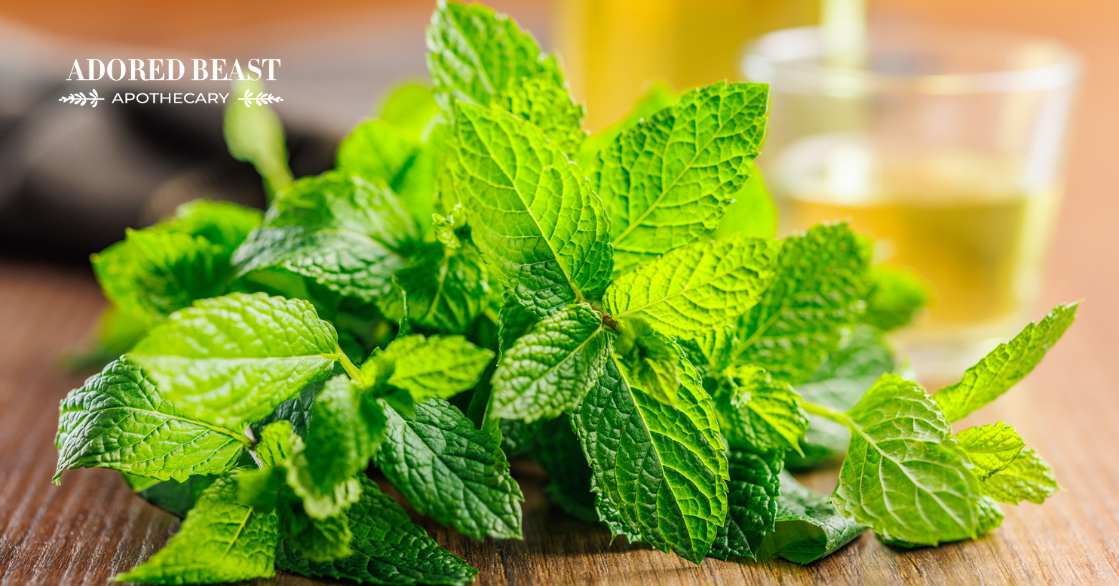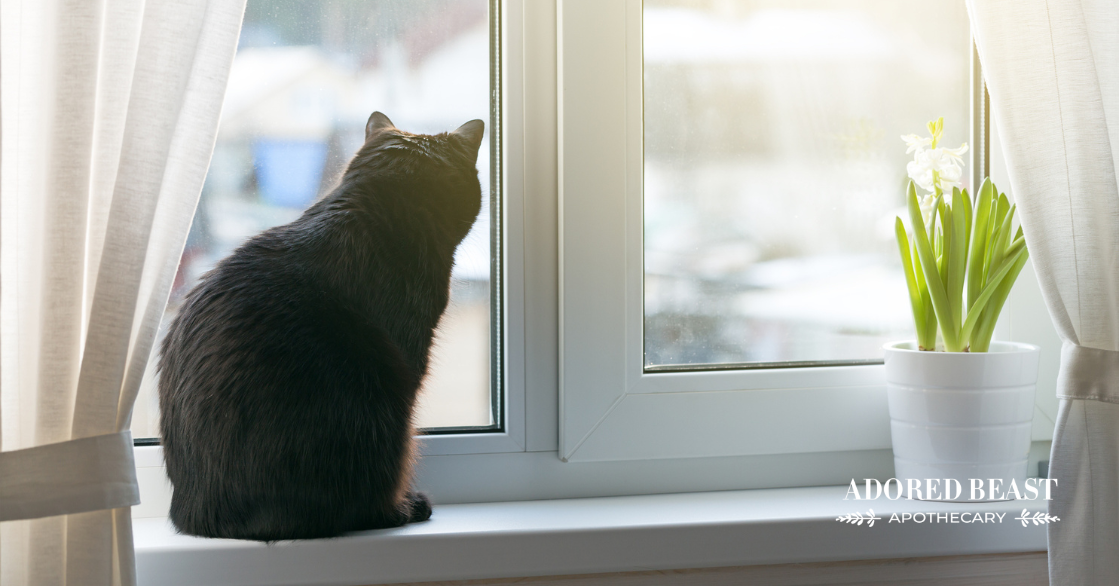Arnica (Arnica montana) is a perennial herb that’s bright yellow and looks a lot like the daisy. It grows in Canada, the United States, Europe, and East Asia and is also known as mountain tobacco, mountain arnica, leopard’s bane, and wolf’s bane. And, probably most importantly, it’s used to create one of the most popular homeopathic remedies on the planet: arnica.
And we’re not just talking about for humans. Arnica for pets is also an incredible remedy that can be used in so many different situations.
Arnica for Pets
While it can technically be used (very, very carefully) as a herb, the arnica for pets we’re talking about is a homeopathic remedy. In fact, arnica — either in whole plant form or large amounts of undiluted arnica (for example, plant extracts or oils) — is poisonous and you definitely don’t want to give it to your pet. Homeopathic arnica, however, doesn’t have that same issue.
Why is that? Well, with homeopathy, remedies are diluted to make them more effective. As odd as this might sound, with homeopathy, the smallest dose yields the biggest benefits. For example, arnica 30C is a preparation that is 3,000 times more diluted than the actual herbal tincture it comes from. A stronger dose, 1M for example, is even more diluted. It can be tough to wrap your head around, no doubt, but it’s true!
One of the basic principles of homeopathy is “like cures like.” The plant’s signature heals the ailment in your body. Arnica is grown on REALLY traumatized soil – it thrives in soil that has been traumatized, for example, in the mountains amongst the extreme weather conditions, where other plants can’t survive or grow. Arnica supports the healing of trauma. Its signature is that it thrives in areas of trauma. Thus, like cures like.
Homeopathic arnica is so diluted that scientific analysis can’t actually detect any physical presence of the herb itself – only the energies of the plant remain. That’s why homeopathic medicine is considered energetic medicine. Instead of working directly upon the physical structures of your pet’s body through direct chemical interactions, as say, a pharmaceutical drug would, homeopathy stimulates the healing process at sub-physical, bioenergetic levels. It’s truly incredible!
[RELATED] For more on homeopathy and how Julie approaches it, check this out.
So, what’s arnica for pets good for? It’s very safe and can be used as a first response treatment for virtually any type of trauma or injury. You can give it to your animal for any of the following:
- Trauma
- Bruising
- Muscle cramps
- Overextension
- General soreness and pain
- Abscesses
- Hematoma
- Stroke
- Arthritis
It’s also very valuable for reducing the intensity of a shocking situation.
How to Use Arnica for Pets
You can find homeopathic arnica for pets (it’s the same as for humans) online or your local health food store will also likely have it. It comes in a variety of potencies. For those new to homeopathy, go with a 30C potency and look for those in pellet form.
First things first – and this is important. Homeopathy is not like a drug. The dose isn’t based on weight, and it doesn’t matter if your animal has 2 pellets or 6. Again, hard to wrap your head around this one, but it’s just the way it works. As long as some of the remedy gets into your pet, the energy of the remedy will be able to get to work.
If your dog will take the pellets without issue by mouth, that’s an easy way to do it. They even have this perfect little pocket just inside their cheek that you can pop the remedy into. For cats, or pickier dogs, this might not be the easiest option, so you can also stir a few pellets into a small cup of water and give the water to your animal. That works too.
Another option is to give something like our Your Go 2, which is a combination of arnica with another powerful remedy, aconite. It comes in a convenient spray pump bottle so you can just pump a few pumps right into your pet’s mouth. Julie likes to call it “The ultimate homeopathic first aid kit in a bottle.”
Give the first dose of the remedy and watch for any signs of improvement. If, after 30 minutes or so, you haven’t noticed a change, give another dose. If, after that, you’re still not seeing a change, perhaps try a different remedy.












